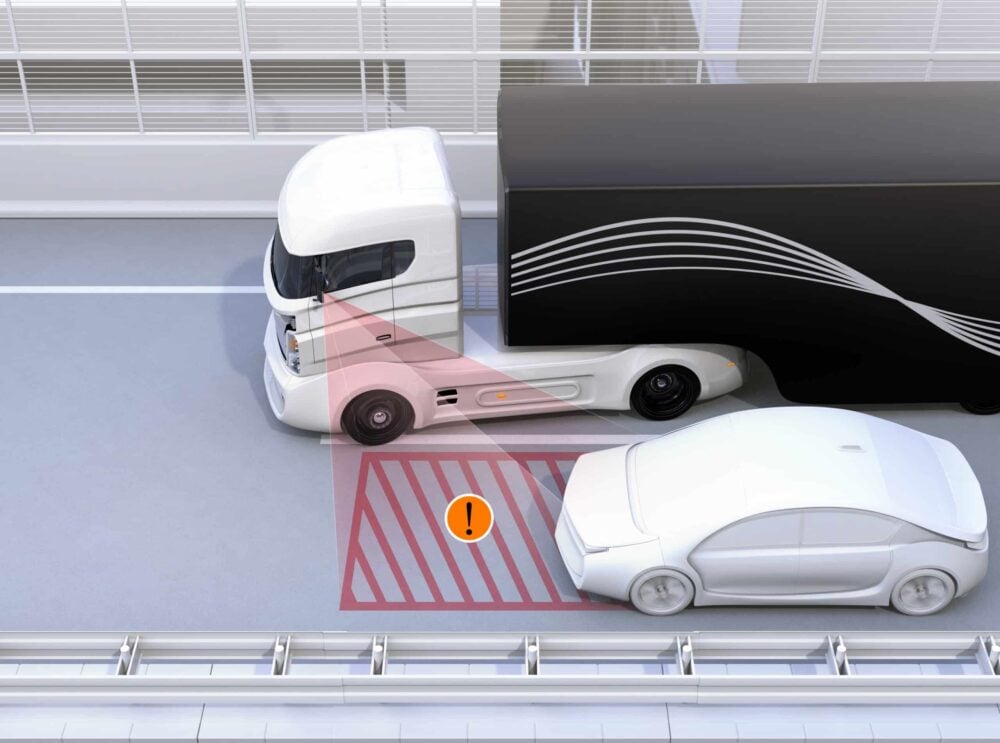Enhanced safety features
Under the new regulations, all new trucks and buses sold in the EU must include advanced safety features designed to reduce accidents and enhance protection for all road users.
What are these Enhanced Safety Features?
- Intelligent Speed Assistance (ISA): This system helps drivers adhere to speed limits by providing them with feedback and, in some instances, controlling the vehicle’s speed automatically.
- Blind Spot Information System: These systems warn drivers of other road users in their blind spot, particularly useful in urban settings where cyclists and pedestrians are at higher risk.
- Advanced Emergency Braking Systems (AEBS): Already mandatory since 2014, these systems will see further improvements by 2028 to enhance responsiveness and effectiveness in preventing collisions.
- Direct Vision Standards: By 2029, new standards will require vehicles to be designed in such a way that drivers have a better direct line of sight, reducing blind spots and improving the detection of pedestrians and cyclists.
The impact on the logistics industry

These technologies are expected to revolutionize safety standards, reducing the risk of accidents involving HGVs as well as buses, which are often severe due to the size and mass of these vehicles. The EU estimates that these new regulations of assistance systems could prevent at least 25,000 road fatalities by 2038.
Preparing for change on the road
For fleet operators and manufacturers, the introduction of these regulations means adapting to new technologies and potentially higher costs in the short term. However, the long-term benefits of reduced accident rates, lower insurance costs, and improved public perception of road safety are invaluable.
 Conclusion
Conclusion
The 2024 safety regulations mark a proactive step towards safer European roads. As the industry prepares to comply with these new standards in form of assistance systems, the focus on technological innovation continues to grow, promising not only safer roads but also smarter vehicles. Investing in new technologies and updating training programs will be key to ensuring compliance and enhancing safety across Europe’s roads.









